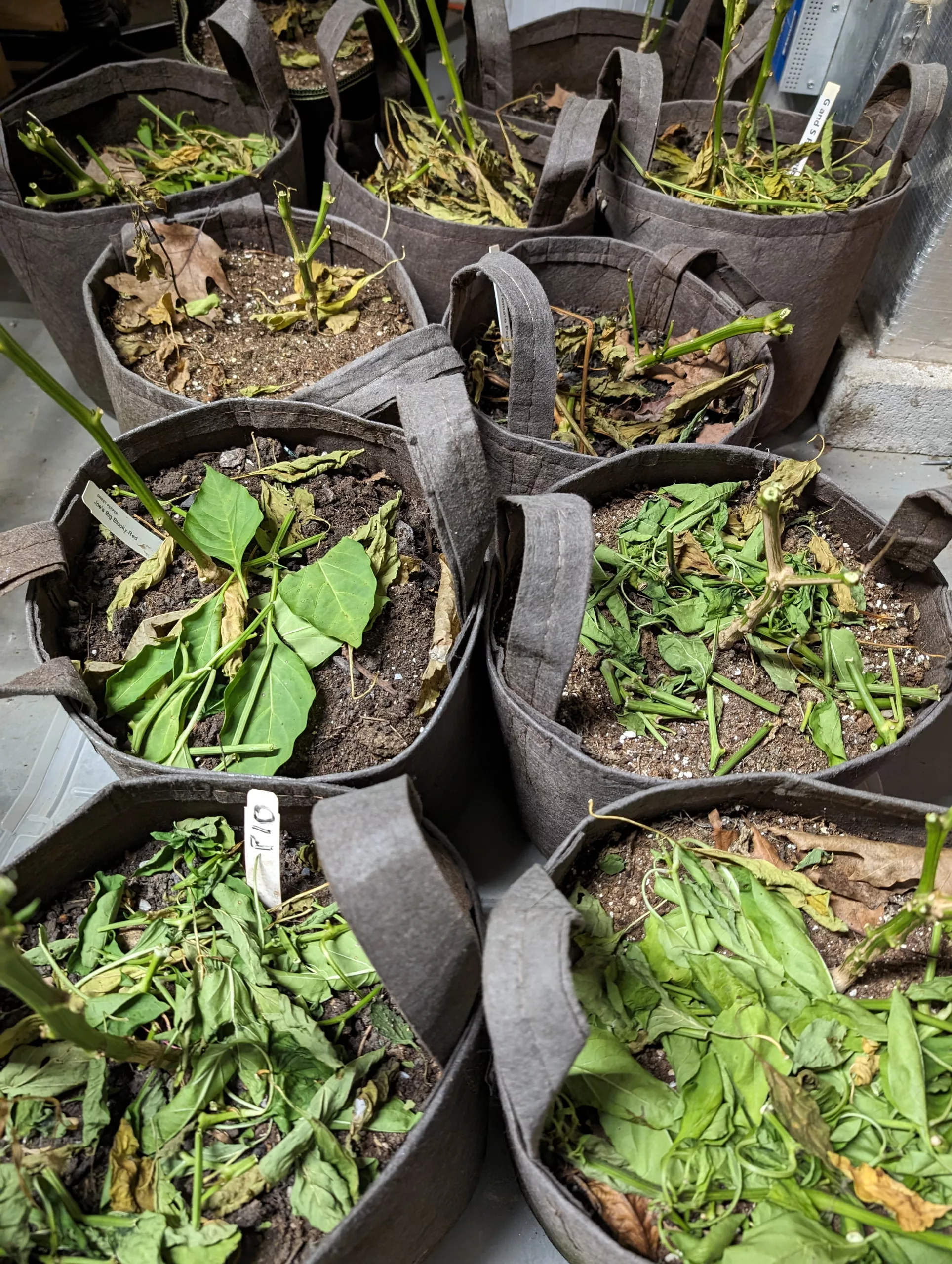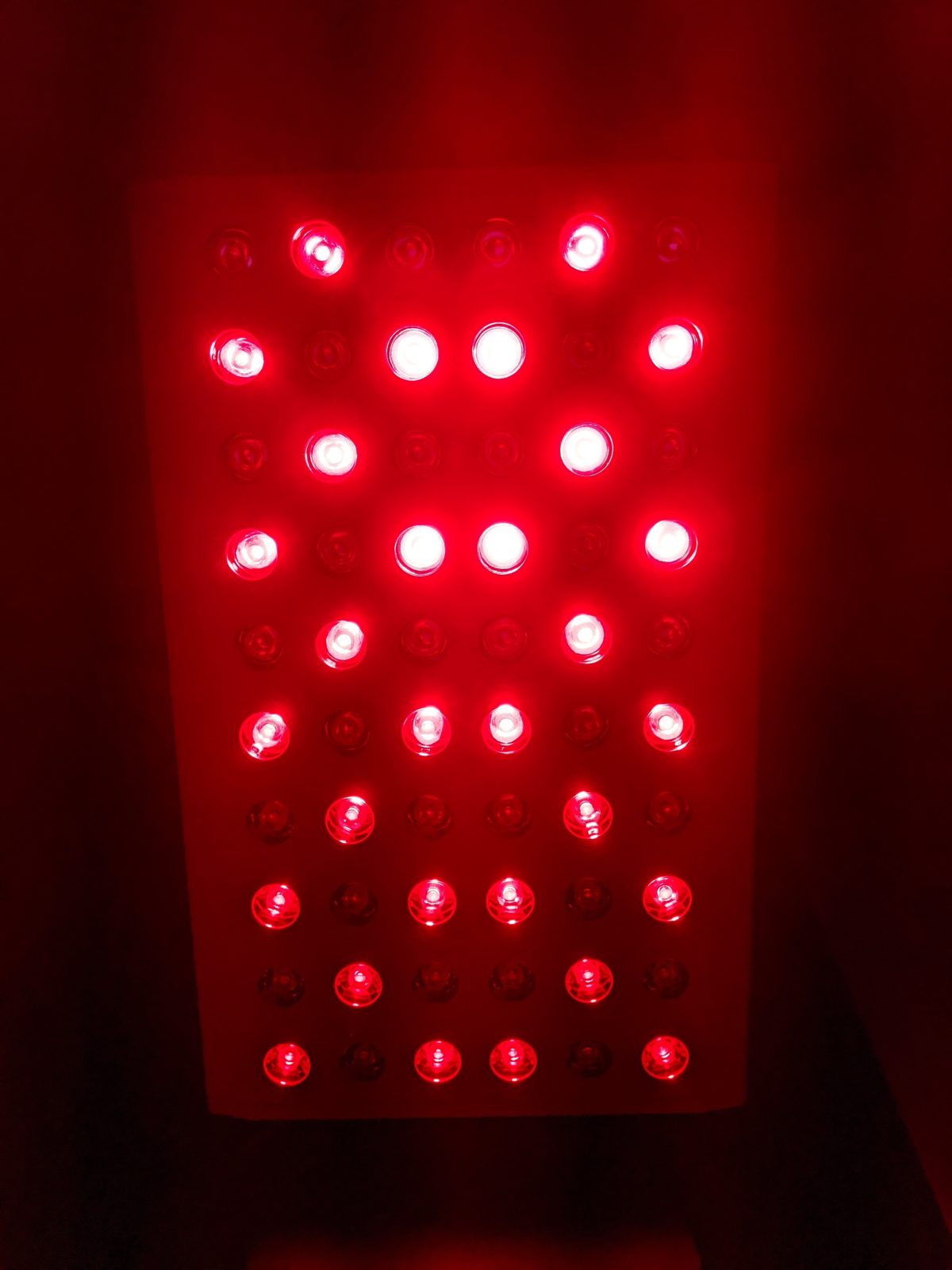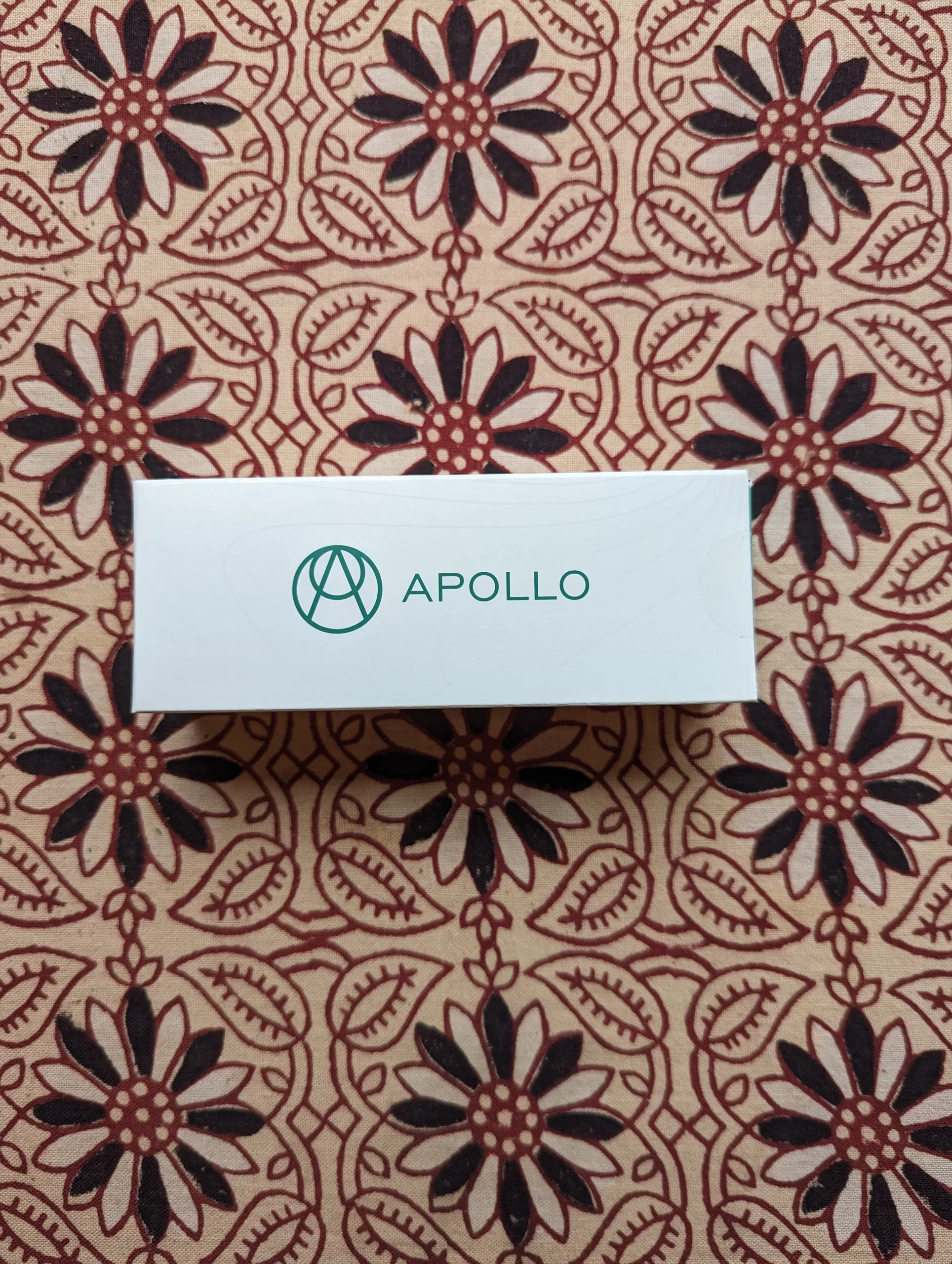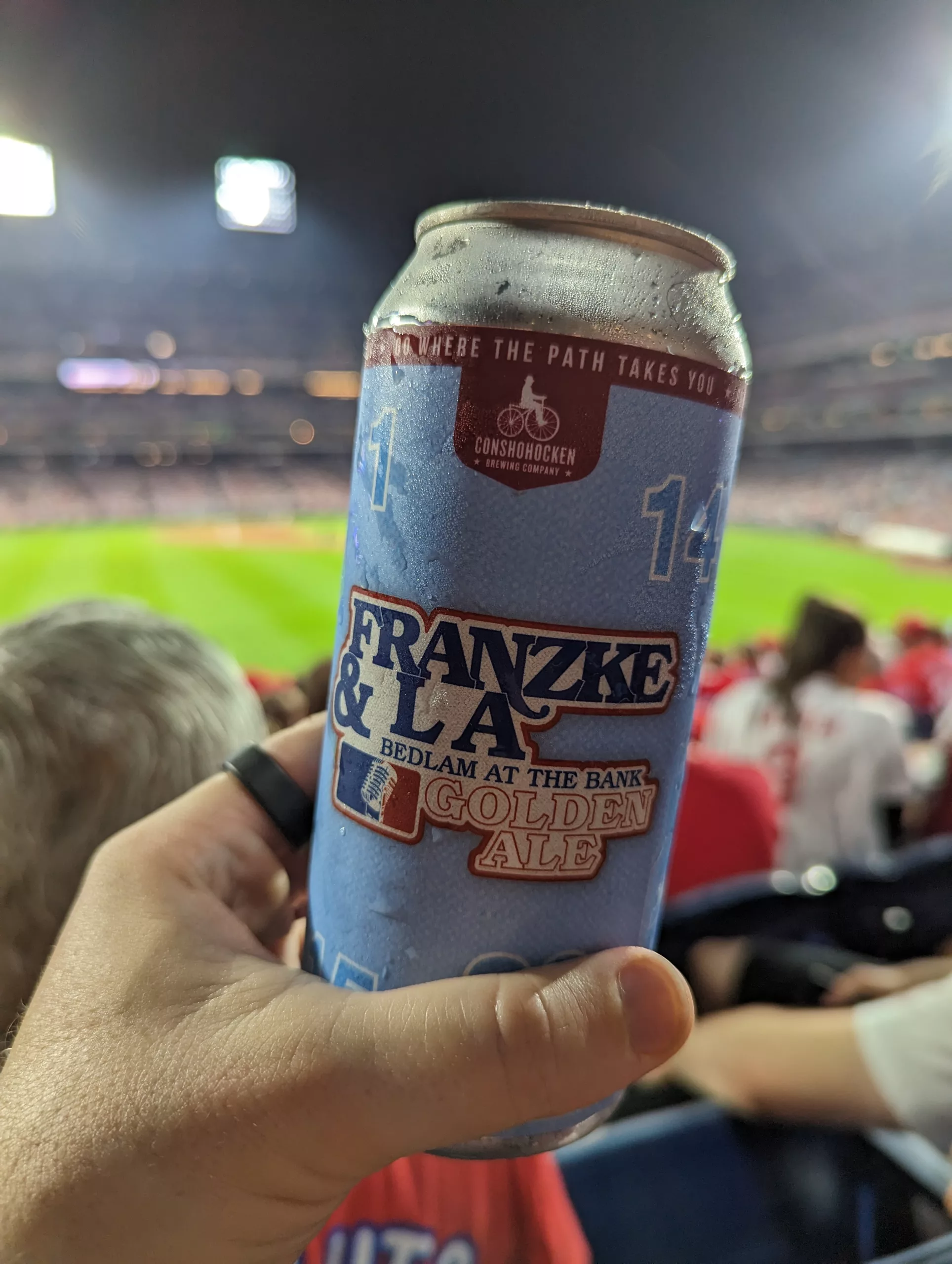Breathing… we all do it. Most of us probably don’t pay much attention to how we go about it either. Unless you do, you probably also don’t realize that some subtle awareness when it comes to your breathwork practice can likely make a radical difference in your day to day health. I was the same way, until I started researching the subject. After years of doing so, I slowly incorporated some simple techniques that have changed my mind considerably. If this is of interest to you, read on for my intro to breathwork.
My Intro to Breathwork Journey
I’ve had an on again/off again relationship with meditation and yoga my whole life. Long time practitioners of both always talk extensively about “paying attention to the breath”. Early on, I never really put much stock into this. I associated this with the more ‘woo’ side of the practice without any real scientific basis. My opinion of this started to change after looking for effective ways of reducing my stress while working in a high strung corporate environment. My first success in using breathwork for this came from a Navy SEAL friend of mine. He introduced me to Box Breathing (described below) and subjectively, this seemed to allow me to more easily fall asleep on high stress evenings.
Eventually, as part of that same high strung corporate environment, I often traveled to India. On the weekends while I was there, I would travel the country with my co workers and take in many of the experiences associated with traveling to India. This often involved going to Ayurvedic retreats and temples throughout the country, participating in yogic and meditative rituals. This exposed me to Pranayama. This practice defines several different techniques for breathing that are meant to induce different types of changes in the body. At this point, the focus on breathwork while meditating and doing yoga started to make much more sense.
I was exposed to all of this before I started using the Oura ring. With the first generation of Oura, it was easy to see the impact of box breathing on my sleep. The moment that Oura rolled out it’s mediation support, I started to use it with different dedicated breathing techniques. It was honestly surprising to see how effective some of them were in terms of impacting heart rate and HRV.
Scientific Basis
When I started to really dig into this, I came across numerous studies that laid the groundwork for a very scientific basis for many breathwork practices. Breathing is actually more about regulating Carbon Dioxide (CO2) than oxygenating the blood. We strive to maintain our CO2 levels in the blood within a very narrow range. The brain interprets a low oxygen state as a threat and it activates the sympathetic nervous system as a result. CO2 is also acidic, so the CO2/oxygen balance has direct effects on the blood’s pH. Taking steps to rebalance these levels does the opposite and results in an overall calming effect.
In addition to the effects related to blood oxygenation, more research has shown that diaphragmatic breathing (slow abdominal based breathing) directly stimulates the vagus nerve. This instantly puts you into a more parasympathetic state. Vagus nerve stimulation has also been tied to improvements in Heart Rate Variability (HRV). Additionally, heart rate is directly tied to breathing. This phenomenon is referred to as Respiratory Sinus Arrhythmia (RSA) and directly impacts blood pressure.
Understanding these basic concepts is the key to using controlled breathwork to achieve different desired states. Hear are a few things to keep in mind:
- Slow breathing, especially from the diaphragm stimulates the parasympathetic nervous system and tends to be more relaxing.
- Fast breathing and chest breathing tends to increase CO2 levels resulting in a sympathetic nervous system response. This can energize, but also promotes anxiety.
- Breath Holds increase C02 levels
- Emphasizing inhales increases heart rate (and often blood pressure)
- Emphasizing exhales decreases heart rate (and often blood pressure)
Proper Breathing Technique
Many people underestimate the importance of breathing ‘correctly’. The hurried modern life and other stressors have an extremely negative impact on how people breathe and most don’t even realize it. If you don’t currently have awareness regarding how you breathe on a regular basis and aren’t prioritizing doing something about it, you will be amazed at how quickly doing so can change the way you feel. There are many breathing techniques that you can use to address many different goals that you may have, but most modern americans are stuck in a continuous stress state. Even moving into a ‘rest and digest’ state a few times a day can have a profound positive impact on your health.
Based on the information presented so far, the ideal every day breathing technique would seem to be a reasonably slow, diaphragmatic breath. I’ll add one more rule of thumb that should be followed: breath through the nose. Not only does breathing through the nose help filter out pollutants, virii, etc. It helps warm cold air before it hits the lungs. Additionally, it’s important in order to effectively get nitric oxide into our systems. Take a look around you and see how many people are actually breathing this way. Even though, this will generally be the best way to breath, different types of breathwork are designed to achieve certain temporary responses.
Types of Breathwork
There are many types of breathwork and I’m always learning more. This list below are the ones that I actively use. I briefly explain how to do the technique and why I personally do them.
Box Breathing
This was the type of breathwork that started it all for me. I started doing it as a way to immediately calm myself but I’ve since found that it’s also very effective for getting into a state of focus. It’s super effective even after doing it for a few minutes and it’s very easy for beginners to learn. Box breathing starts by expelling all air from your lungs. Stay in this ’empty’ state for a count of 4. Now inhale through your nose for a count of four. Hold for a count of four. Finally, exhale through your nose again for a count of 4. This is one cycle of Box Breathing. Repeat for 2 to 5 minutes and enjoy your state of calm focus!
4-7-8 Breathing
My success with Box Breathing lead me to discover 4-7-8 Breathing. Box Breathing before bed, sometimes had the unfortunate side affect of making me more focused on things that I needed to do tomorrow, etc. This wasn’t helping me get the sleep that had initially hoped this breathwork practice would provide. This breathwork technique is a form of diaphragmatic breathing that involves inhaling for four seconds, holding the breath for seven seconds, and exhaling for eight seconds. The longer breath hold combined with the longer exhale is what makes this an even more relaxing technique compared to Box Breathing. Again, repeating this for a few minutes is all that is needed to achieve a dramatically more relaxed state.
Physiological Sigh
The physiological sigh is the easiest way to instantly remove anxiety. It’s also super easy to do. Just two rapid inhales through the nose and then an extended exhale through the mouth. One of these works wonders, but do this a few times to really feel the impact.
Nadi Shodhana
Nadi Shodhana (also known as alternate nostril breathing) is a great centering practice and one that I often do while meditating in the sauna. It can be relaxing and it also increases focus. Studies have shown that left nostril breathing slows down heart rate and decreases blood pressure. These same studies indicate that right nostril breathing increases both heart rate and blood pressure. Pranayama’s practice of Nadi Shodhana incorporates asanas and the Vishnu Mudra, but it can be done by just simply doing the following:
- Use the thumb on your right hand to block your right nostril and inhale through your left nostril
- Close your left nostril with your index finger and briefly hold
- Open your right nostril and exhale slowly and then immediately inhale
- Close your right nostril again and briefly hold
- Open your left nostril and exhale slowly
This is one cycle. From this point you can repeat many times. You can also add holds on exhale or combine this technique with Box Breathing for added effects.
Kapalabhati Breathing
Kapalabhati is another classic Pranayama. It is also known as “Skull Shining Breath”. This is considered a purifying breathwork technique. It involves alternating active, explosive diaphragmatic exhales with a longer passive inhale. This is an energizing technique, so not something you would want to do when you’re trying to relax/go to sleep. I use this as a form of Respiratory Muscle Training (RMT) that doesn’t require a device. RMT has been shown to increase cardio athletic performance and VO2 max. Be careful with this! It’s common that new practitioners are in pain the next day because they are using muscles that they are not used to using.
Wim Hof Method
While the full Wim Hof Method also incorporates meditation and cold exposure as core tenants, the breathing method is also very effective when used alone. This technique is closely related to Holotropic breathwork. It is basically a form of controlled hyperventilation. Hyperventilation has been shown to slow down the default mode network. This form of breathing is extremely powerful and I use it as a general ‘reset’. In my experience, I feel an extended state of bliss for days after practicing this. When properly done, this technique really shows the range of what you can accomplish with breathwork.
Conclusion
There are so many different types of breathwork! These are a few that I use all the time. I wish I had familiarity with these longer than I have. I feel strongly that some of these basic techniques should be taught early in schools and/or be added to every parents’ tool box. It could really make a huge difference in the mental health of our children to have an effective means of reducing stress/anxiety that they can carry with them wherever they go. Are you a breathwork advocate? Are you using a technique that I haven’t covered here? Let me know in the comments!



